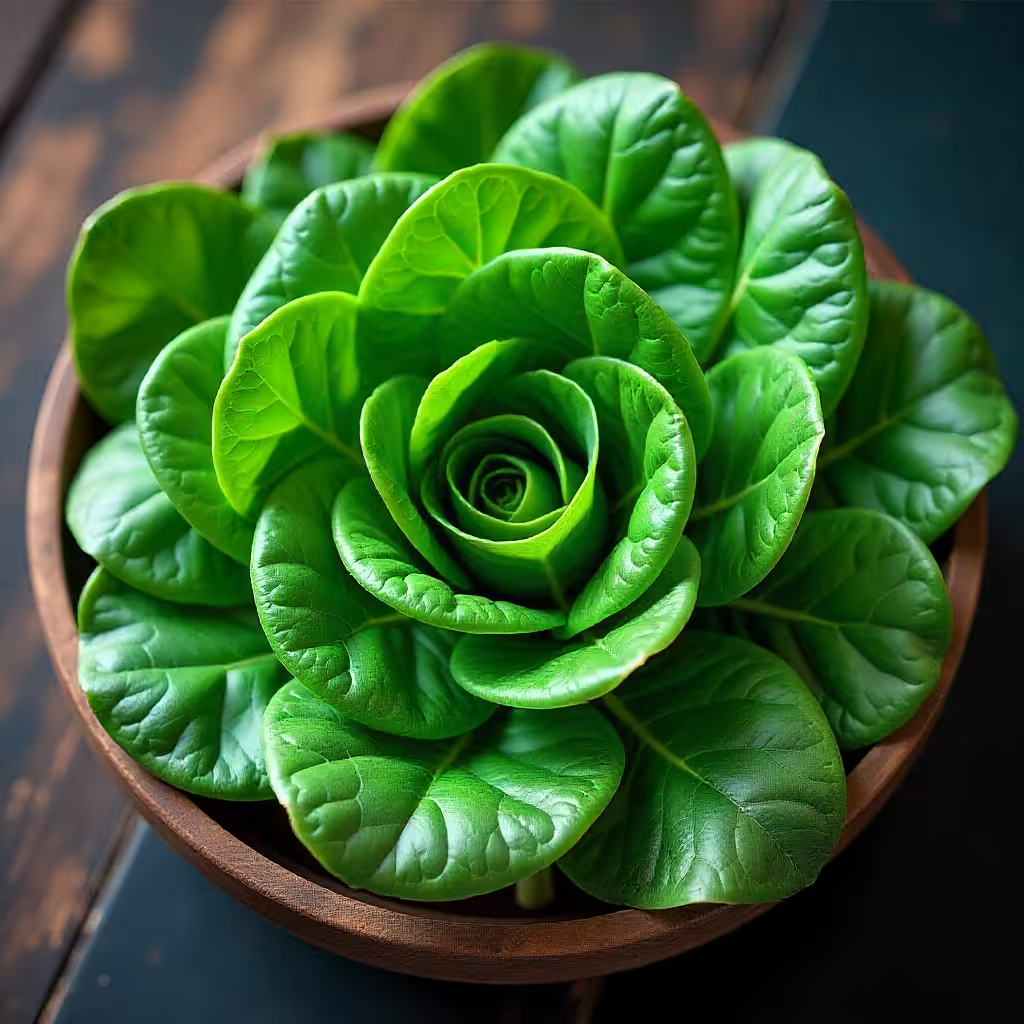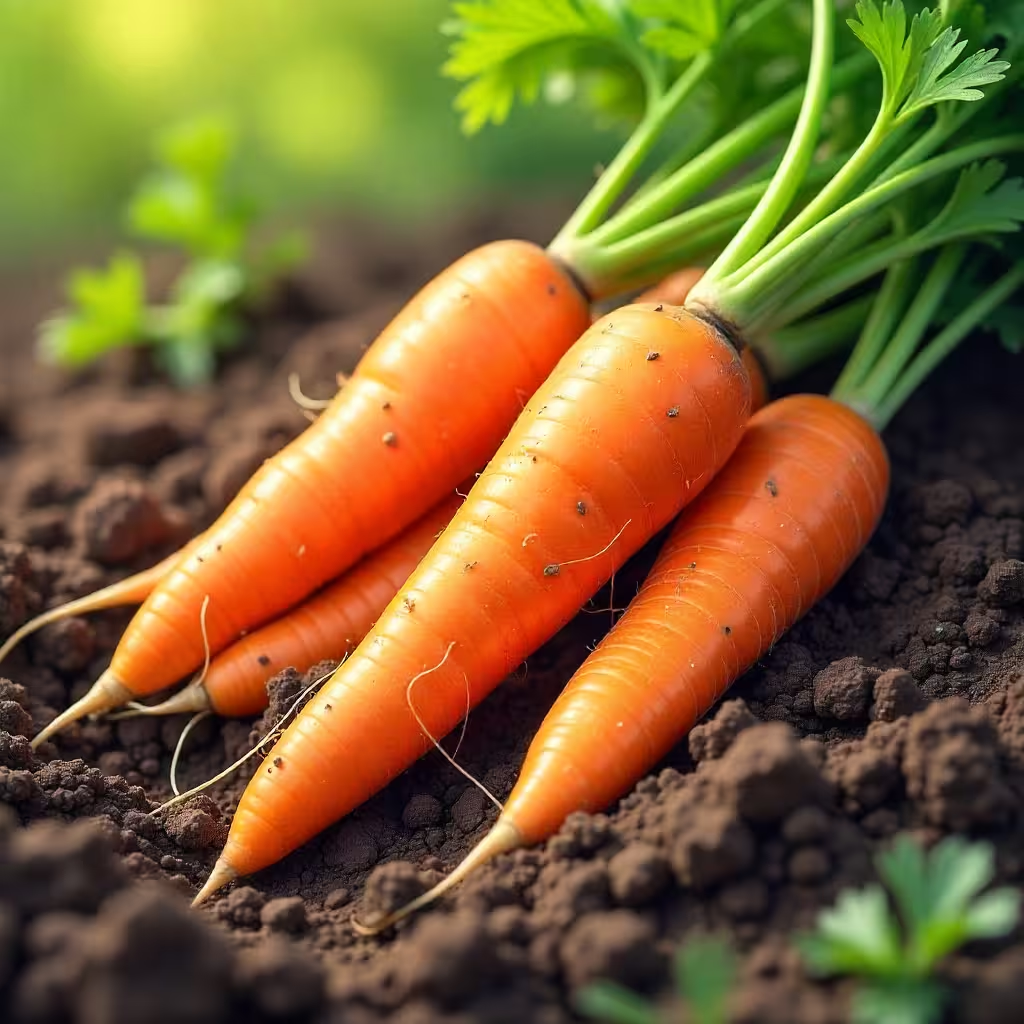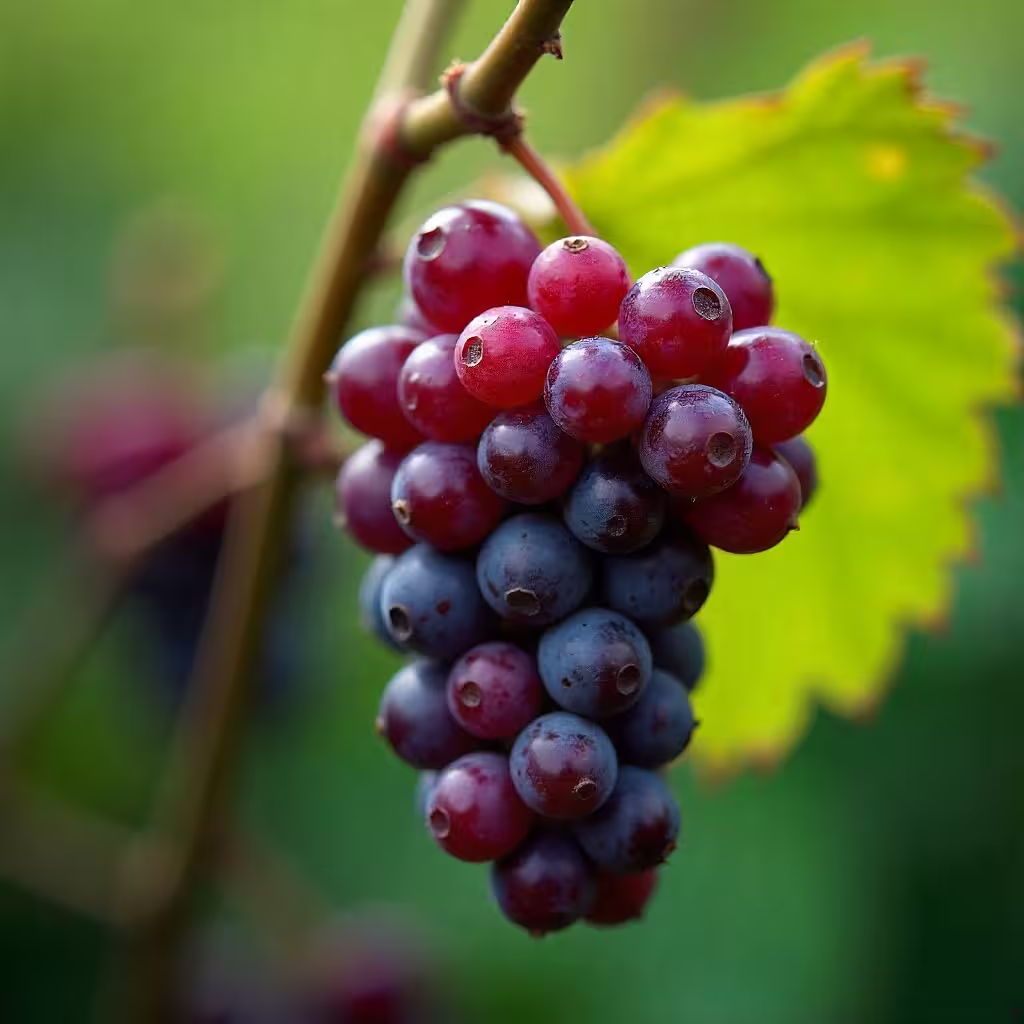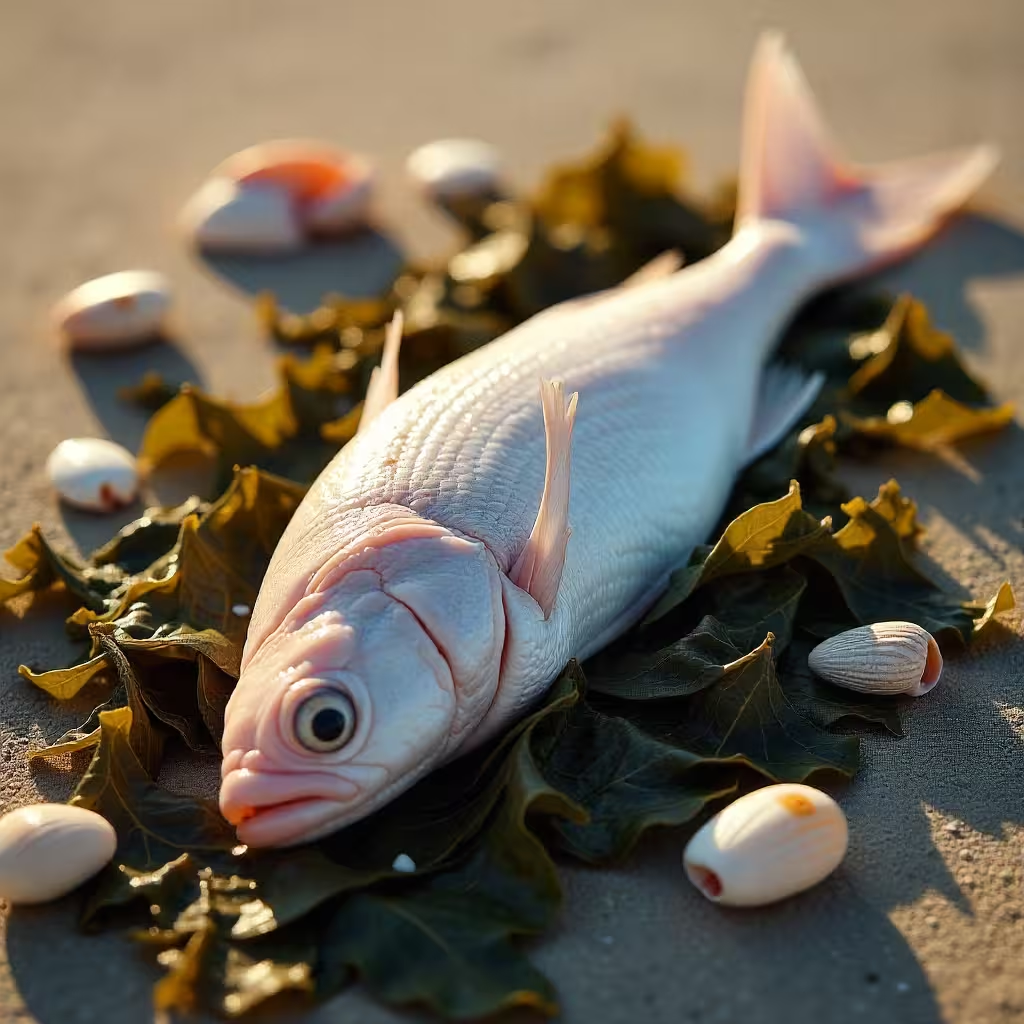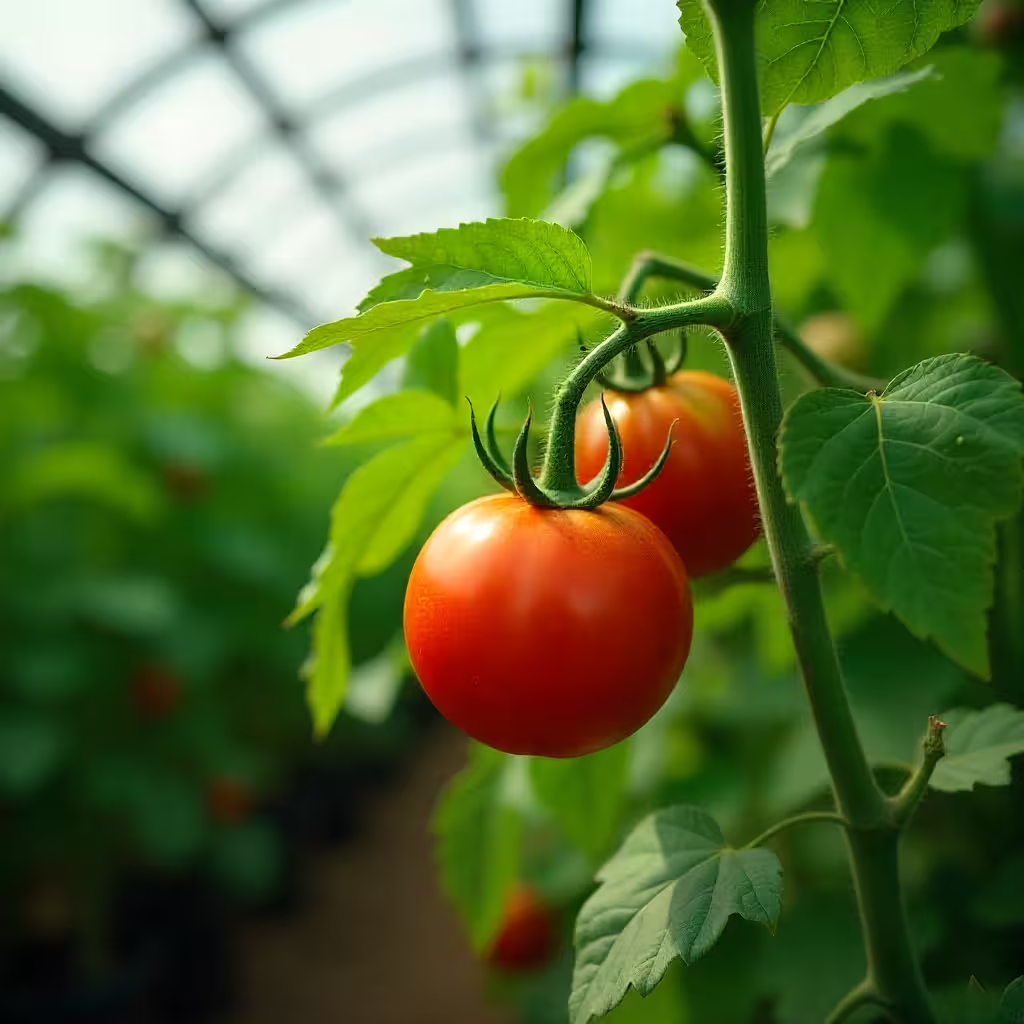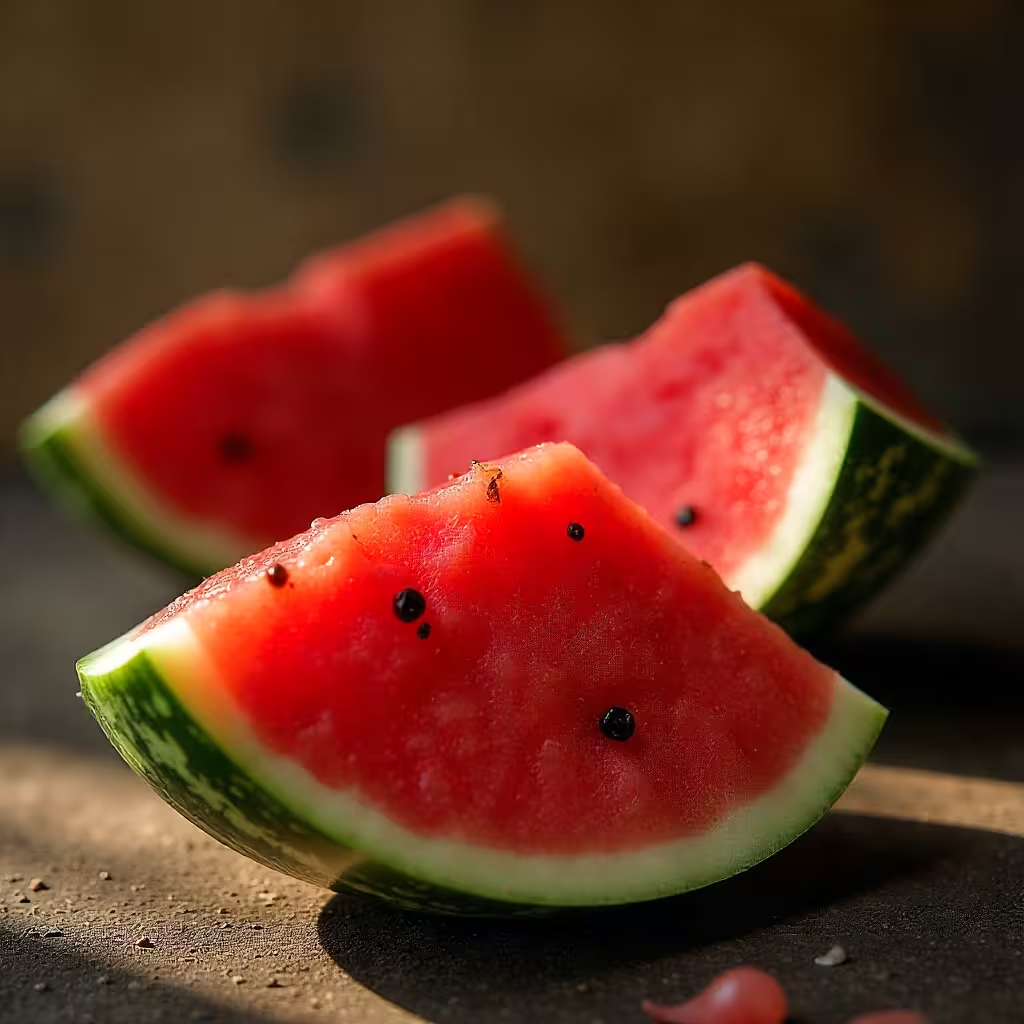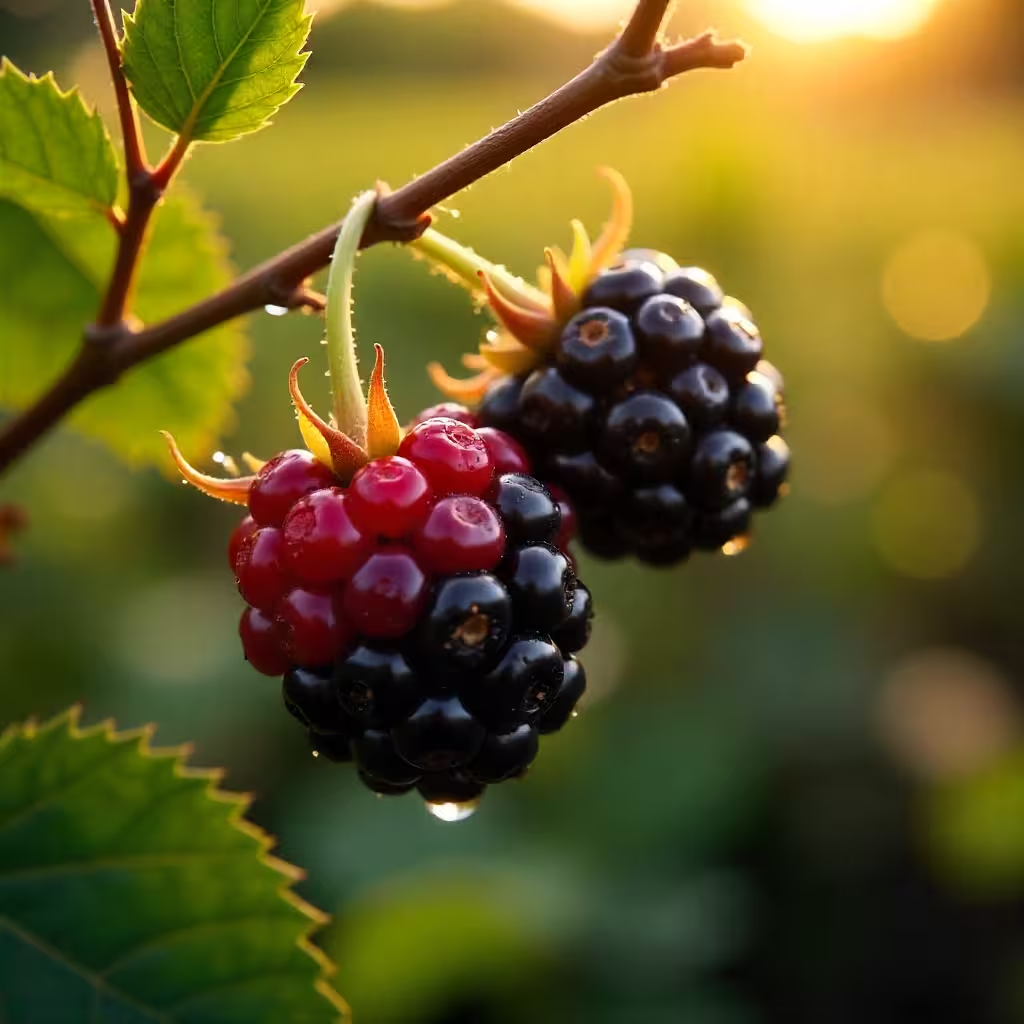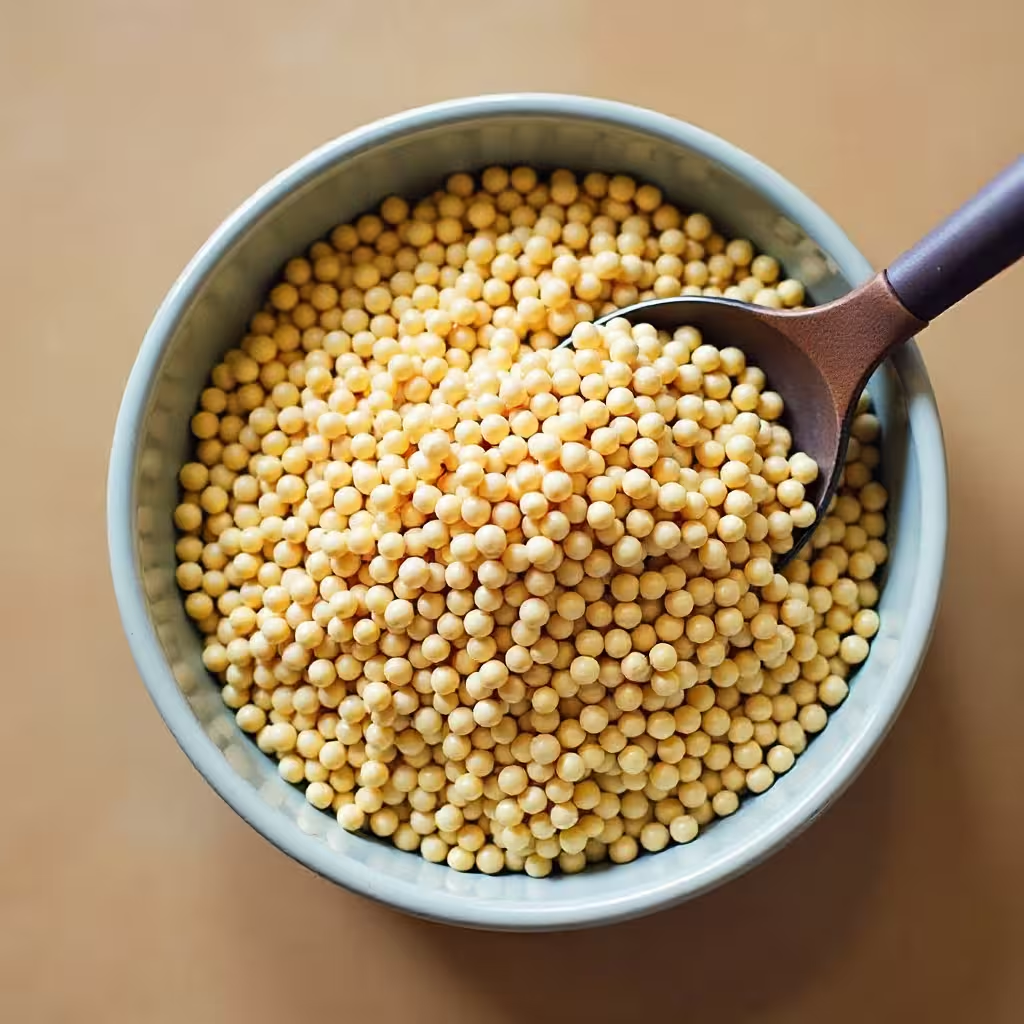White Fish: A Lean Protein Champion for Fat Loss
White fish refers to mild-flavored, lean fish species with white or light-colored flesh, including cod, tilapia, haddock, pollock, halibut, sole, flounder, and sea bass. These fish are exceptional for fat loss due to their incredibly high protein content relative to calories, typically containing 18-25 grams of protein per 100 grams while providing only 80-120 calories depending on the species. Unlike fattier fish like salmon or mackerel, white fish contain minimal fat—usually less than 3 grams per 100-gram serving—making them one of the leanest protein sources available. The protein in white fish is complete, containing all essential amino acids necessary for muscle maintenance and repair, which is crucial when eating in a calorie deficit for fat loss. Additionally, white fish is rich in important micronutrients including selenium, phosphorus, B vitamins (especially B12), and iodine, while being naturally low in sodium and cholesterol. The mild flavor and tender texture of white fish make it accessible even to those who typically don't enjoy seafood, and it cooks quickly, making it convenient for busy individuals focused on healthy eating.
Featured Content
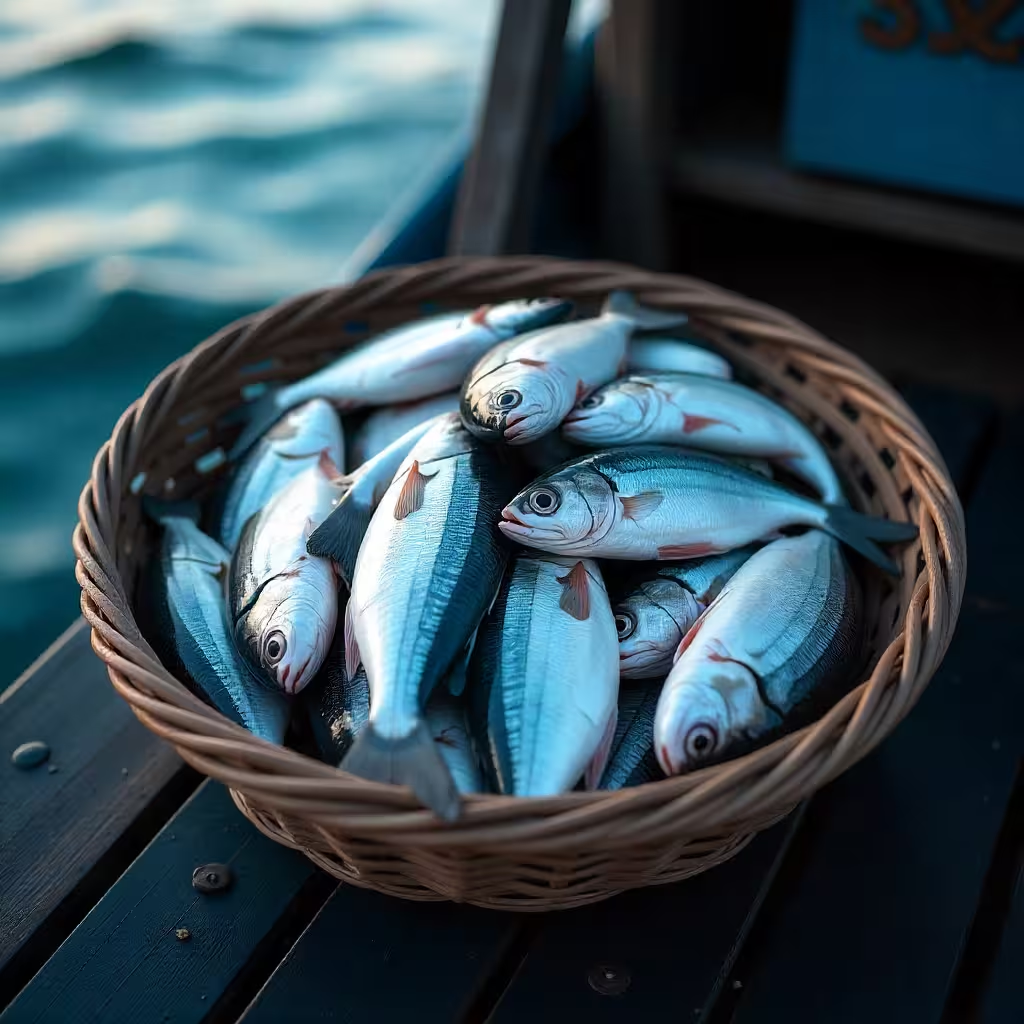
Preparing white fish is straightforward and requires minimal cooking skills, with numerous methods available that keep the calorie count low while maximizing flavor. Baking is one of the healthiest methods: place seasoned fillets on parchment paper or in a lightly greased baking dish at 375-400°F (190-200°C) for 12-15 minutes until the fish flakes easily with a fork. Pan-searing creates a beautiful golden crust by heating a non-stick pan with just a teaspoon of oil over medium-high heat and cooking fillets for 3-4 minutes per side. Grilling works wonderfully for firmer white fish like halibut or mahi-mahi, either directly on grates or wrapped in foil packets with vegetables and herbs. Steaming is the absolute lowest-calorie preparation method, preserving moisture and nutrients while requiring no added fats—simply place fish over boiling water or broth for 8-10 minutes. Poaching in seasoned water, vegetable broth, or even coconut milk creates incredibly tender, flavorful fish without any added oil. For fat loss, avoid breading and deep-frying; instead, enhance flavor with fresh herbs like dill, parsley, or cilantro, citrus juice from lemon or lime, garlic and ginger, spice blends like cajun or Mediterranean seasoning, and small amounts of heart-healthy fats like olive oil when needed.
Additional Insights
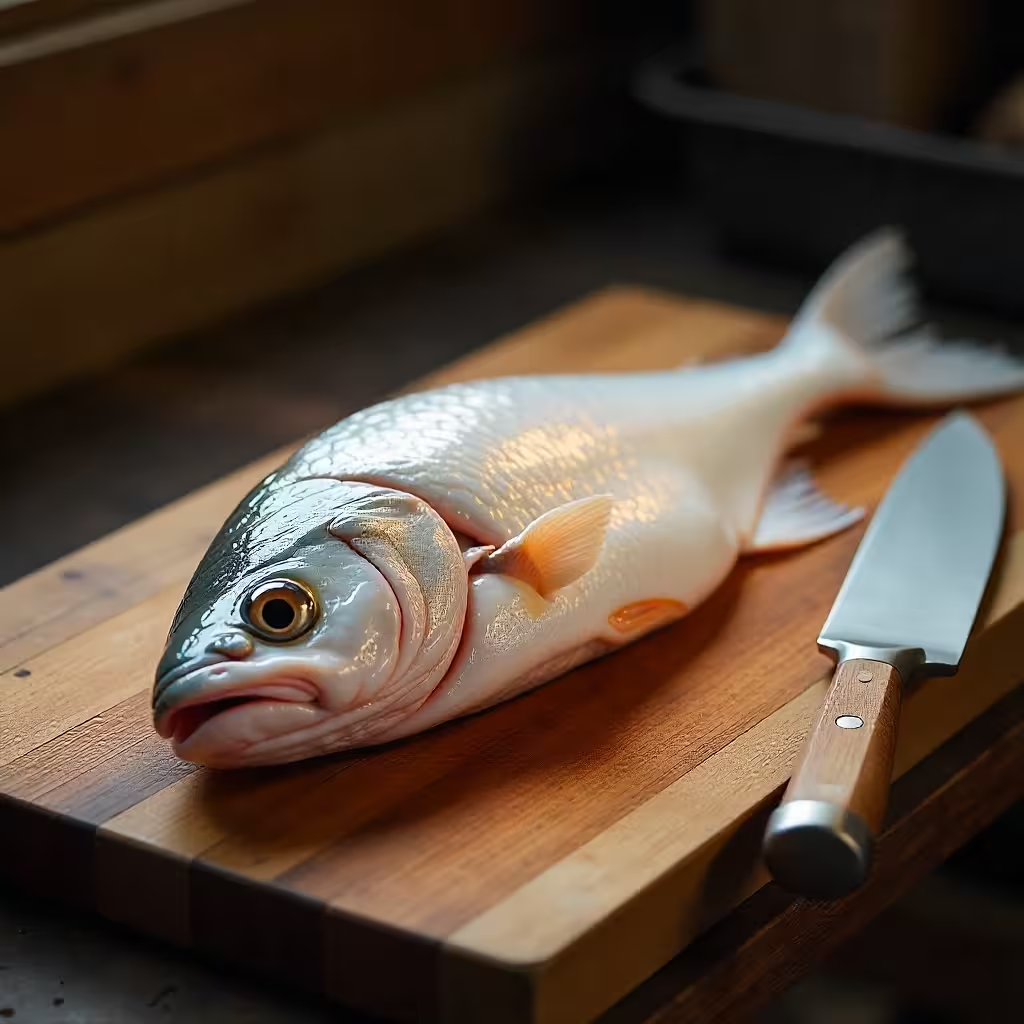
In Europe, white fish has been a dietary staple for centuries, particularly in coastal nations where fishing traditions run deep and influence national cuisines. The United Kingdom is famous for its fish and chips, traditionally made with cod or haddock, though health-conscious Britons now often opt for grilled or baked preparations without the heavy batter and frying. In Scandinavia, countries like Norway, Sweden, and Iceland consume enormous quantities of cod, haddock, and halibut, preparing them through baking, poaching, or incorporating them into traditional dishes like fish stews and casseroles. Mediterranean countries including Spain, Portugal, Italy, and Greece feature white fish prominently in their heart-healthy diets, often preparing cod, sea bass, or sole with olive oil, tomatoes, olives, and fresh herbs. France is renowned for its sophisticated white fish preparations like sole meunière and bouillabaisse, a traditional fish stew from Marseille. The European Union maintains some of the world's strictest fishing regulations and sustainability standards, making traceability and responsible sourcing major concerns for European consumers who increasingly seek MSC (Marine Stewardship Council) certified products.
In-depth Analysis
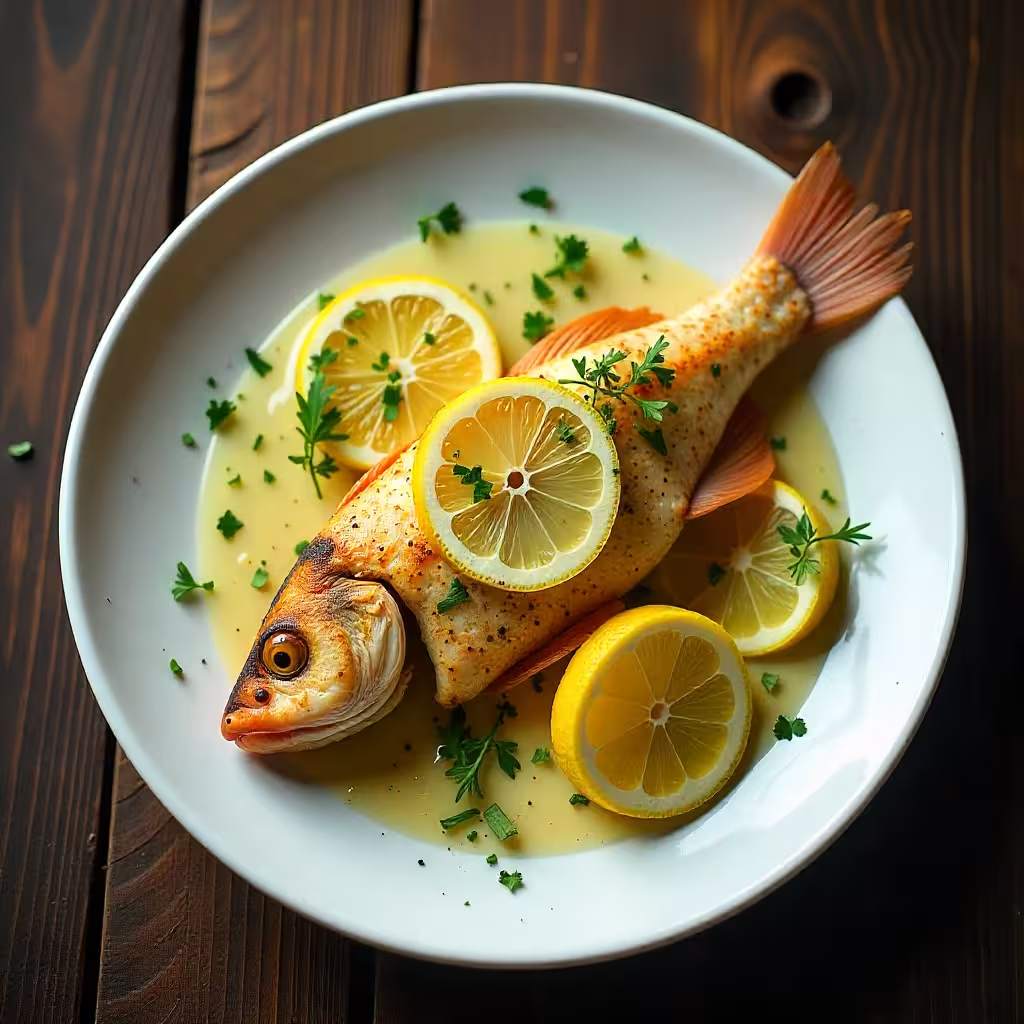
In the United States, white fish consumption is widespread and diverse, reflecting the country's vast coastlines and multicultural population, though Americans tend to prefer milder-tasting varieties. Tilapia has become one of the most consumed fish in America due to its affordability, mild flavor, and year-round availability, much of it farm-raised domestically or imported from Latin America and Asia. Cod remains popular, especially for fish tacos (a West Coast favorite), fish sandwiches, and as a healthier alternative to fried fast-food options. Mahi-mahi and grouper are particularly beloved in coastal regions like Florida and the Gulf Coast, often grilled or blackened with Cajun spices. The growing health and fitness culture in America has driven increased white fish consumption, with bodybuilders, athletes, and dieters specifically choosing white fish for its exceptional protein-to-calorie ratio. Supermarkets across the US offer extensive frozen white fish sections, making these lean proteins accessible and affordable even in landlocked states far from oceans. However, Americans are also becoming more conscious of sustainability issues, with growing demand for wild-caught Alaskan cod and pollock, and increasing awareness about overfishing and the environmental impact of certain aquaculture practices.
Key Highlights
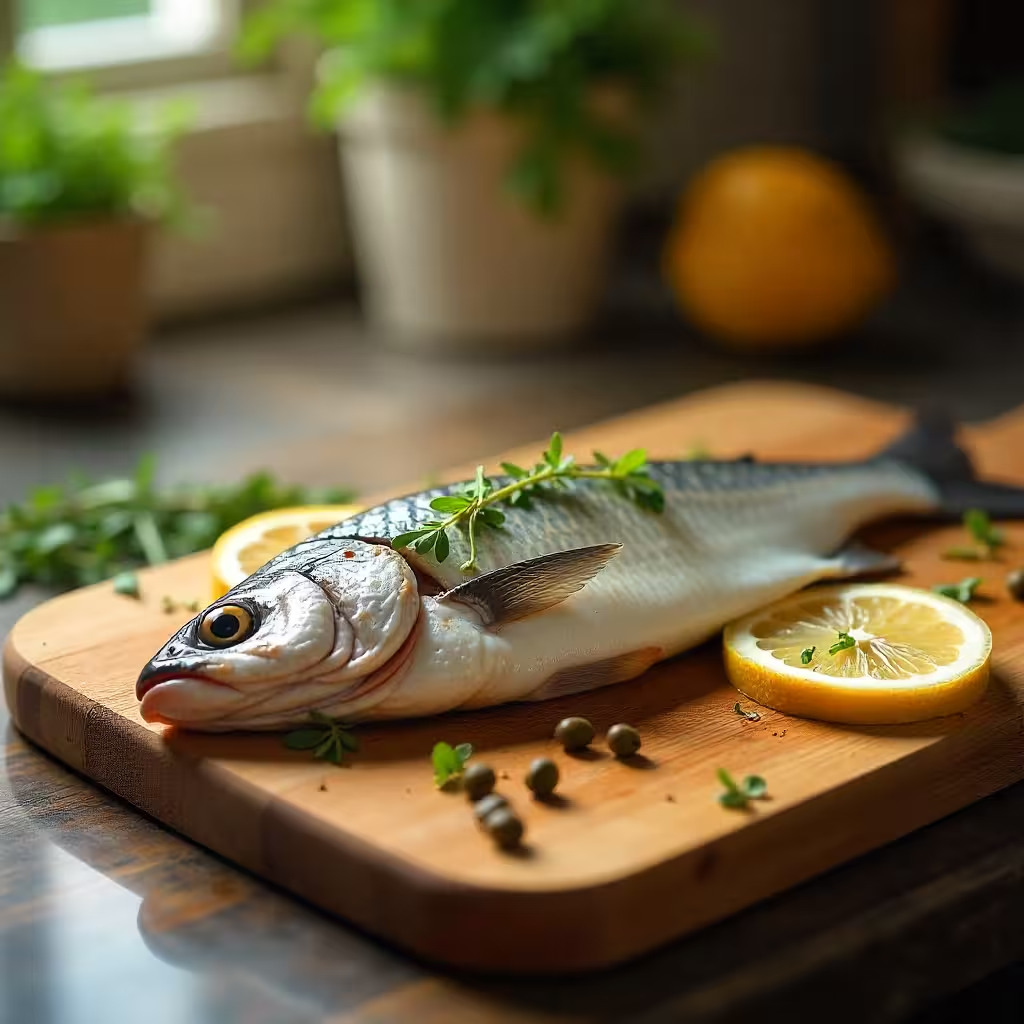
In Africa, white fish consumption varies dramatically by region, with coastal nations having robust fishing industries and fish-eating traditions, while landlocked countries rely more heavily on freshwater species and preserved fish. West African coastal countries like Senegal, Ghana, and Nigeria have thriving fishing industries where species like croaker, grouper, and barracuda are caught fresh daily and feature prominently in national dishes, often prepared with bold spices, tomatoes, peppers, and palm oil. In East Africa, countries like Tanzania, Kenya, and Mozambique have access to Indian Ocean white fish species, though much of the higher-value catch is exported to European and Asian markets, leaving less desirable species and smaller fish for local consumption. North African countries along the Mediterranean, particularly Morocco and Tunisia, have strong white fish traditions similar to European preparations, incorporating fish into tagines, grilled preparations, and stews. The primary challenges for white fish consumption across Africa include limited cold chain infrastructure making fresh fish distribution difficult beyond coastal areas, relatively high costs compared to dried fish, beans, or chicken, lack of awareness about preparation methods for those unfamiliar with cooking fresh fish, and competition from imported frozen fish, often of lower quality. However, Africa's extensive coastlines and the expansion of aquaculture operations present significant opportunities for increasing affordable white fish availability, which could greatly benefit nutrition and protein intake across the continent.
Final Thoughts
In Rwanda specifically, white fish options are extremely limited due to the country's landlocked geography, though some alternatives and imported options do exist for those seeking lean protein sources. The primary "white fish" available in Rwanda is tilapia from Lake Kivu and other inland water bodies, which, while technically a cichlid rather than an ocean white fish, offers similar nutritional benefits with approximately 26 grams of protein and only 128 calories per 100 grams. Fresh tilapia can be found at local markets throughout Rwanda, particularly in areas near Lake Kivu such as Rubavu, Karongi, and Rusizi districts, and is generally more affordable than imported options. For those in Kigali seeking ocean white fish, upscale supermarkets like Simba Supermarket occasionally stock frozen imported white fish such as cod, haddock, or pollock, though these are expensive due to import costs and cold chain logistics. Hotels and restaurants catering to expatriates and tourists sometimes feature white fish on their menus, typically imported frozen and prepared in Western or Asian styles. The main barriers to white fish consumption in Rwanda include very high costs for imported varieties making them inaccessible for most Rwandans, limited availability outside Kigali and major urban centers, lack of familiarity with ocean fish species and how to prepare them among the general population, and the fact that traditional Rwandan protein sources like beans, local tilapia, and small dried fish (dagaa/isambaza) are more culturally accepted and economically practical. For Rwandans interested in the fat-loss benefits of lean protein, focusing on locally available and affordable Lake Kivu tilapia, preparing it through grilling, steaming, or baking rather than deep-frying, represents the most practical and sustainable approach to incorporating "white fish" nutrition principles into their diet.


